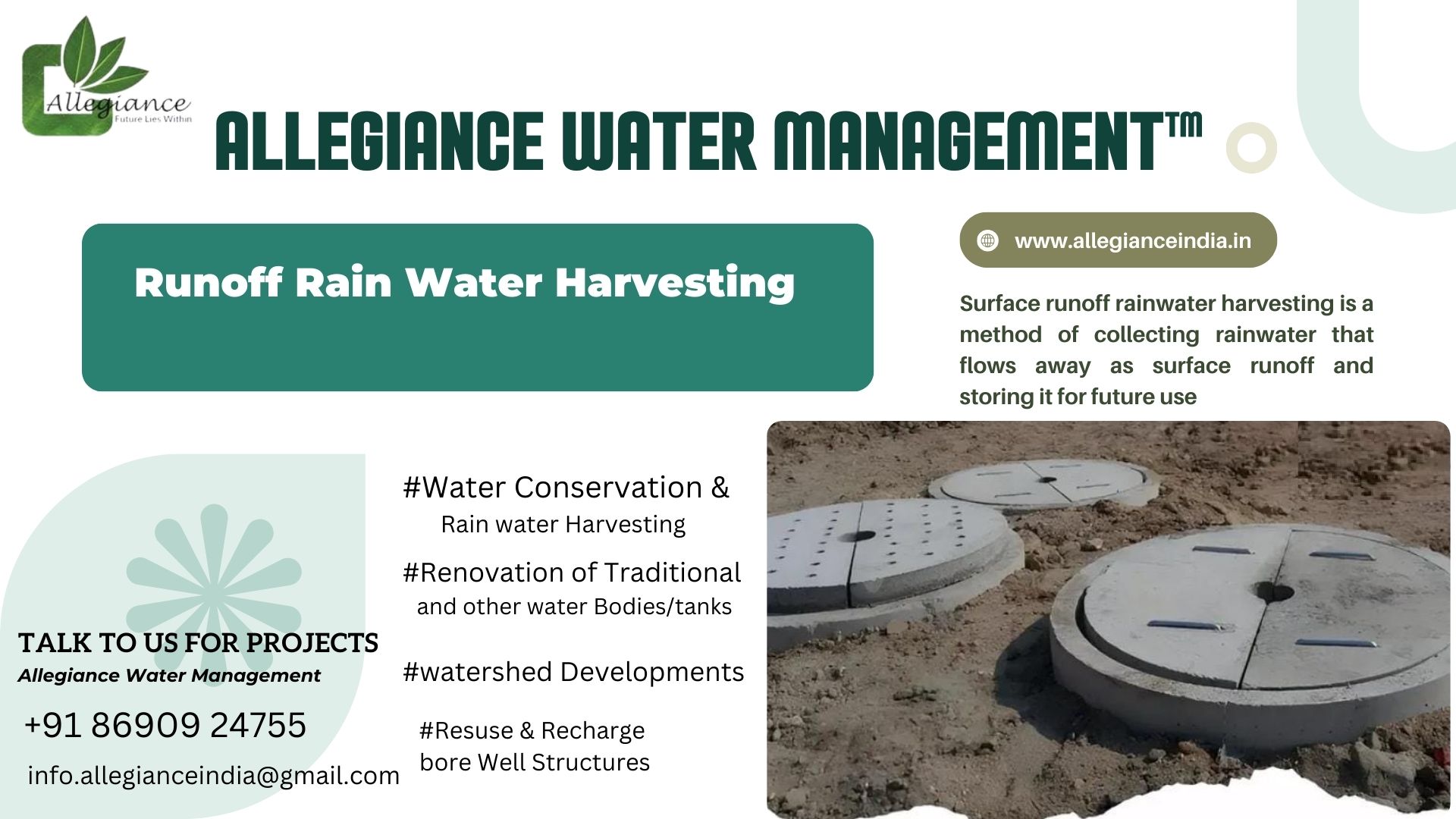Water Flow Meter
Vortex Flow Meter – High-Precision Flow Measurement for Steam, Gas & Liquids
Buy Vortex Flow Meter Online | Industrial Flow Monitoring
The Vortex Flow Meter is a high-accuracy, maintenance-free flow measurement device designed for steam, gas, air, and liquid applications. Using advanced vortex shedding technology, it ensures precise, stable, and reliable flow measurement with no moving parts, reducing wear and maintenance costs.
Why Choose This Vortex Flow Meter?
✅ No Moving Parts – Ensures long-lasting performance with minimal maintenance.
✅ High-Accuracy & Stability – Digital signal processing provides precise flow readings.
✅ Wide Application Compatibility – Suitable for steam, gases, air, and liquids.
✅ Real-Time LCD Display – Monitors instantaneous & totalized flow, temperature, and pressure.
✅ Smart Output & Connectivity – Features 4-20mA output and pulse signal for seamless integration.
✅ Temperature & Pressure Compensation – Ideal for industrial steam and gas flow measurement.
Vortex Flow Meter Specifications
📌 Power Supply: 12-32V DC
📌 Output Signal: 4-20mA (Standard), Pulse Output
📌 Process Temperature: Up to 250°C (For higher temperatures, consult factory)
📌 Alarm System: Low alarm (3.8mA) & high alarm (22.0mA)
📌 K-Factor Correction: 2 to 5 Points calibration
📌 Display: Multi-line LCD with real-time monitoring
📌 Compensation: Pressure & temperature compensation for steam and gas applications
📌 Application Scope: Industrial Steam, Gas, Air, and Liquid Flow Measurement
Industries & Applications
🔹 Power Plants & Boilers – Steam flow measurement for energy efficiency.
🔹 Oil & Gas Industry – Monitoring gas flow with real-time compensation.
🔹 HVAC & Compressed Air Systems – Ensures accurate airflow control.
🔹 Chemical & Pharmaceutical Processing – Precise liquid and gas measurement.
Why Choose This Flow Meter?
🔹 ISO & CE Certified Quality
🔹 High-Precision Flow Monitoring with Digital Control
🔹 Best Prices for Industrial Flow Meters
💡 Upgrade to the Vortex Flow Meter for precise & efficient flow measurement!
📞 Contact Us for Orders & Bulk Pricing
Send
Message









